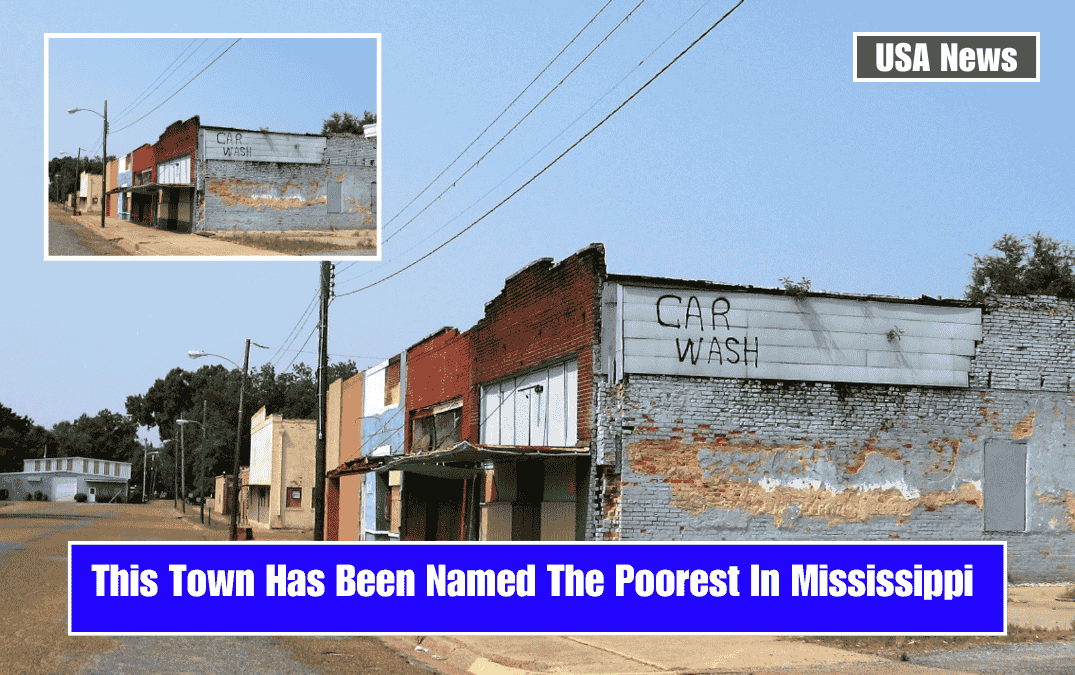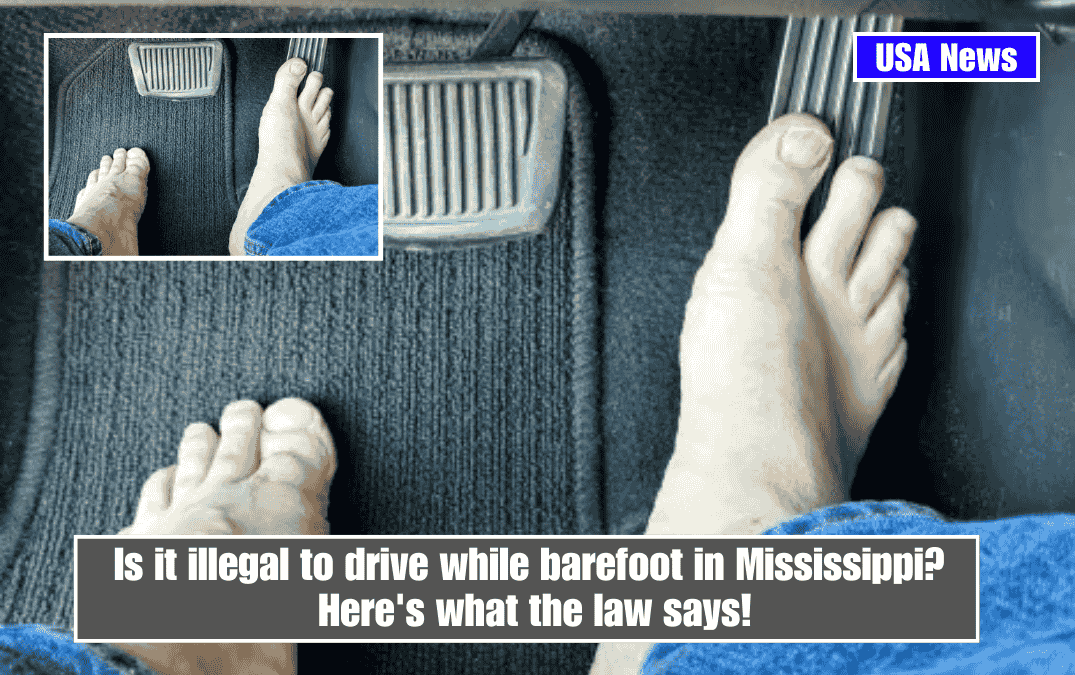Indianola, Mississippi, has long held the unfortunate distinction of being the poorest town in the state, reflecting the broader economic challenges faced by Mississippi as a whole. With a median household income significantly below both state and national averages, Indianola illustrates the persistent struggle with poverty in the region. Here’s an in-depth look at the town’s economic situation and contributing factors:
Economic Snapshot of Indianola
- Median Household Income:
- Indianola’s median household income is $26,544, far below Mississippi’s state median of $39,665 and the national median of $70,784. This figure highlights the limited earning opportunities available to residents.
- Poverty Rate:
- Approximately 33.2% of Indianola’s population lives below the poverty line, which is significantly higher than the state average of 20% and more than double the national average of 11.4%. This high poverty rate underscores widespread financial hardship in the community.
- Population Decline:
- Indianola’s population has been steadily declining, dropping from 9,591 in 2020 to a projected 8,716 in 2025. This trend reflects a broader pattern of outmigration from economically struggling areas as residents seek better opportunities elsewhere.
Key Challenges
- Limited Job Opportunities:
- Indianola’s economy is heavily reliant on agriculture and low-wage service jobs, offering limited pathways for upward mobility. The lack of diverse industries restricts employment options for residents.
- Educational Barriers:
- Education plays a critical role in economic mobility, but Indianola struggles with low educational attainment rates. Many residents lack access to higher education or vocational training, which limits their earning potential.
- Racial Disparities:
- The town’s racial demographics show that 80.8% of residents are Black and 17.9% are White. Systemic inequities have historically contributed to economic disparities within communities like Indianola.
- Dependence on Government Assistance:
- A significant portion of Indianola households relies on government aid such as SNAP benefits to meet basic needs. Approximately 32.3% of households receive food assistance, compared to 18% statewide and 13% nationally.
Efforts to Combat Poverty
- Community Initiatives:
- Local organizations have been working to address poverty through food banks, job training programs, and educational outreach. These efforts aim to provide immediate relief while fostering long-term economic development.
- State Support:
- Mississippi has implemented programs aimed at improving workforce readiness and attracting businesses to rural areas like Indianola. However, these initiatives face challenges due to limited funding and infrastructure issues.
- Federal Assistance:
- Federal programs such as Medicaid expansion and housing subsidies play a critical role in supporting low-income families in Indianola.
Indianola stands as a stark example of the economic struggles faced by small towns in Mississippi and across the United States. With its declining population, high poverty rate, and limited job opportunities, the town faces significant challenges that require coordinated efforts from local, state, and federal levels.
While community initiatives offer some hope for improvement, addressing systemic issues like education access and economic diversification will be essential for breaking the cycle of poverty in Indianola.
SOURCES:-
[1] https://magnoliatribune.com/2017/05/17/indianola_named_poorest_town_in_mississippi/
[2] https://www.mississippi-demographics.com/indianola-demographics
[3] https://247wallst.com/income/2025/01/17/the-poorest-town-in-every-state-in-america/
[4] https://worldpopulationreview.com/us-cities/mississippi/indianola
[5] https://stacker.com/stories/mississippi/cities-mississippi-most-living-poverty








